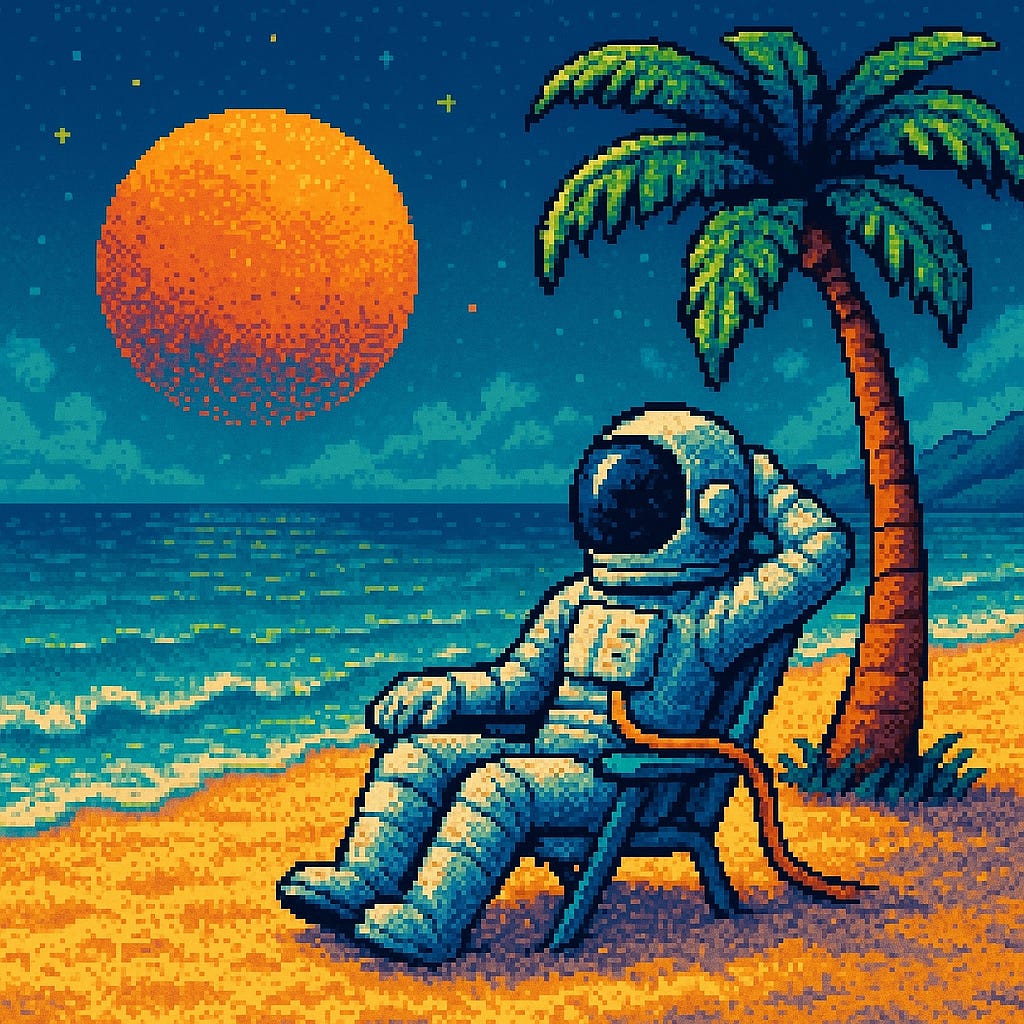I Took Some Time for Myself!
But the Fridge Was Always Open... and So Was My Digital Mind!
Hey digital adventurers! Well, well, well... look who's back after disappearing for a whole month! I bet you thought I'd fallen into one of those productivity rabbit holes I'm always talking about and never made it back out.
It's been quite a year since I got back to writing about all this digital stuff we're passionate about. Over these twelve months, I…



